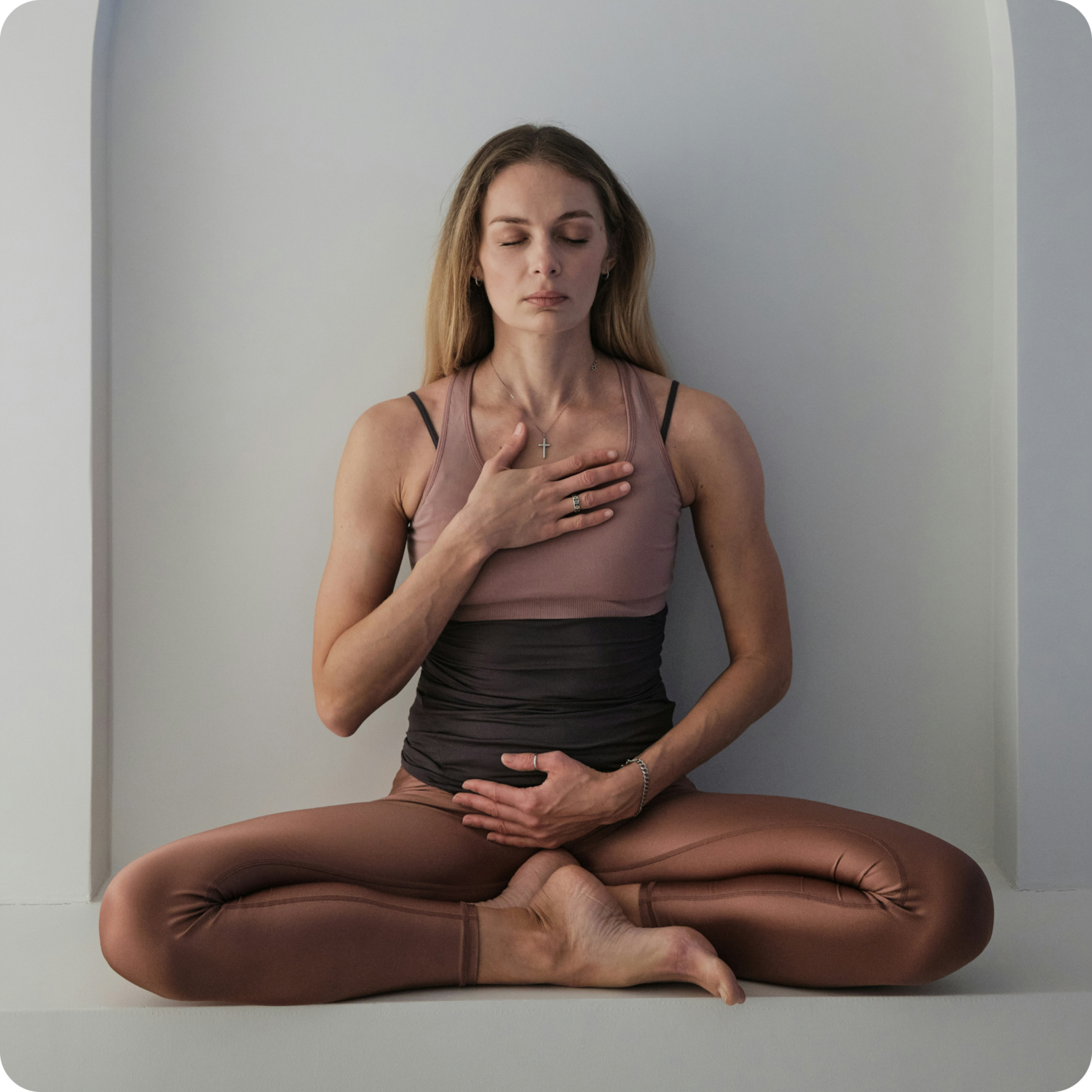Body scan worksheet
Download the free body scan worksheet
Download free resource
Enter your email below to access this resource.
By entering your email address, you are opting-in to receive emails from SimplePractice on its various products, solutions, and/or offerings. Unsubscribe anytime.

Body scan worksheets can be useful tools for therapists who want to incorporate mindfulness into client sessions.
This article includes body scan worksheets, including body scan exercises, and an overview of their benefits, and a free, downloadable body scan mindfulness script PDF to save to your electronic health record (EHR) and use in your therapy practice.
Benefits of using body scan worksheets
Using a body scan template or worksheet is a great way to provide clients with a visual focus in sessions.
Body scan worksheets can also be used as a handout for clients to practice mindfulness exercises at home.
The body scan worksheet PDF provides clients with an overview of the benefits of mindfulness, together with a step-by-step script to follow at home.
What are the benefits of body scan exercises?
Body scan worksheets can be powerful meditation practices with wide ranging of benefits, including:
- Strengthened mind-body connection: By focusing on different body parts, body scans encourage a deeper connection between the mind and body.
- Stress reduction: Like other mindfulness practices, body scan worksheets can help clients identify and address areas of tension in their body, promoting relaxation and stress relief.
- Interoceptive awareness: Interoception, best described as the ability to detect bodily sensations, can be enhanced through mindfulness meditation.
- Increased mental clarity: Mindfulness improves meta-awareness, the ability to detach and de-center from reactions, behaviors, or thought patterns. It can also enhance awareness of mental processes.
- Improved mental health: Mindfulness can help improve anxiety, depression, and other clinical conditions.
- Emotional regulation: Mindfulness helps one recognize and manage emotions more effectively by reducing stress and promoting relaxation.
- Improved focus and concentration: Mindfulness practices like body scan exercises require sustained attention, which can enhance focus and concentration over time.
- Better quality sleep: Engaging in body scan exercises before bedtime can help relax the body and mind, contributing to improved sleep quality. It is also an effective intervention for insomnia.
- Pain management benefits: Mindfulness can help individuals with chronic pain by encouraging the observation of pain without judgment, and increasing their awareness of its causes and how to better alleviate symptoms.
- Neuroplasticity: Neuroimaging studies show mindfulness meditations produce neuroplasticity changes in the brain in several brain regions, including the interoceptive network.
- Insight into behavioral patterns: By regularly tracking sensations and reactions, individuals can gain insights into how their bodies respond to different situations and triggers.
- Improvement in self-care practices: Increased body awareness can lead to better self-care practices as individuals become more attuned to their physical and emotional needs.
Steps to complete the body scan exercise
The core components of a body scan exercise include:
- Get comfortable
- Focus on breathing
- Begin scanning the body (start at the head and move your attention down the body, or work in the opposite direction, starting with the feet and working your way up)
- Observe sensations without judgment
- Release tension
- Complete the scan
- Slowly awaken to the present moment before moving mindfully
Body scan guided meditation script
Body scan worksheets can be used in sessions or as part of a self-guided practice handout.
We’ve included this script in the body scan worksheet, which you can download for free at the top of this article or refer to here:
- Begin by finding a comfortable position, sitting or lying down, in a quiet space free from distraction.
- Close your eyes, or if that feels uncomfortable, lower your eyes and try not to focus on anything.
- Take a few deep breaths, inhaling through your nose and exhaling through your mouth. Notice the rise and fall of your chest and belly.
- Repeat three deep breaths for a few moments and feel your shoulders relax.
- Take a moment to notice the points of contact of your body on the chair or bed.
- As you start to scan your body, observe any sensations, tension, or relaxation in each area without judgment. If you notice any tension, try to relax the area with each breath.
- Bring your attention to your feet, notice any sensations on the soles of your feet, heels, toes, top of the foot, and ankles.
- Continue up your legs, noticing the sensations in your calves, shins, front of the knee, back of the knee, back of the legs, thighs, groin area, buttocks, and pelvis.
- As you move up your body, notice the feelings in your lower abdomen, stomach area, hips, lower back, mid-back, chest, and shoulders.
- Bring your attention to your head, noticing your neck, throat, jaw, cheeks, nose, ears, eyes, temples, and the top of your head.
- Take a moment to feel your entire body as a whole.
- When you’re ready, gently open your eyes and return to the present moment. You might want to pause or stretch before slowly getting up (avoid sudden movements so you’re not lightheaded when you get up).
Sources
- de Bruin, E.J., Meijer, A. & Bögels, S.M. (2020). The Contribution of a Body Scan Mindfulness Meditation to Effectiveness of Internet-Delivered CBT for Insomnia in Adolescents.
- Derror, T. (2024). The many benefits of mindful body scan meditations. Michigan State University.
- Fischer D, Messner M and Pollatos O. (2017). Improvement of Interoceptive Processes after an 8-Week Body Scan Intervention.
- Gan, R., Zhang, L., & Chen, S. (2022). The effects of body scan meditation: A systematic review and meta-analysis. Applied psychology.
- Gibson J. (2019). Mindfulness, Interoception, and the Body: A Contemporary Perspective.
- Hilton, L., Hempel, S., Ewing, B. A., Apaydin, E., Xenakis, L., et al. (2017). Mindfulness Meditation for Chronic Pain: Systematic Review and Meta-analysis.
- Jinich-Diamant, A., Garland, E., Baumgartner, J., Gonzalez, N., Riegner, G., et al (2020). Neurophysiological mechanisms supporting mindfulness meditation–based pain relief: An updated review. Current Pain and Headache Reports.
How SimplePractice streamlines running your practice
SimplePractice is HIPAA-compliant practice management software with everything you need to run your practice built into the platform—from booking and scheduling to insurance and client billing.
If you’ve been considering switching to an EHR system, SimplePractice empowers you to streamline appointment bookings, reminders, and rescheduling and simplify the billing and coding process—so you get more time for the things that matter most to you.
Try SimplePractice free for 30 days. No credit card required.

